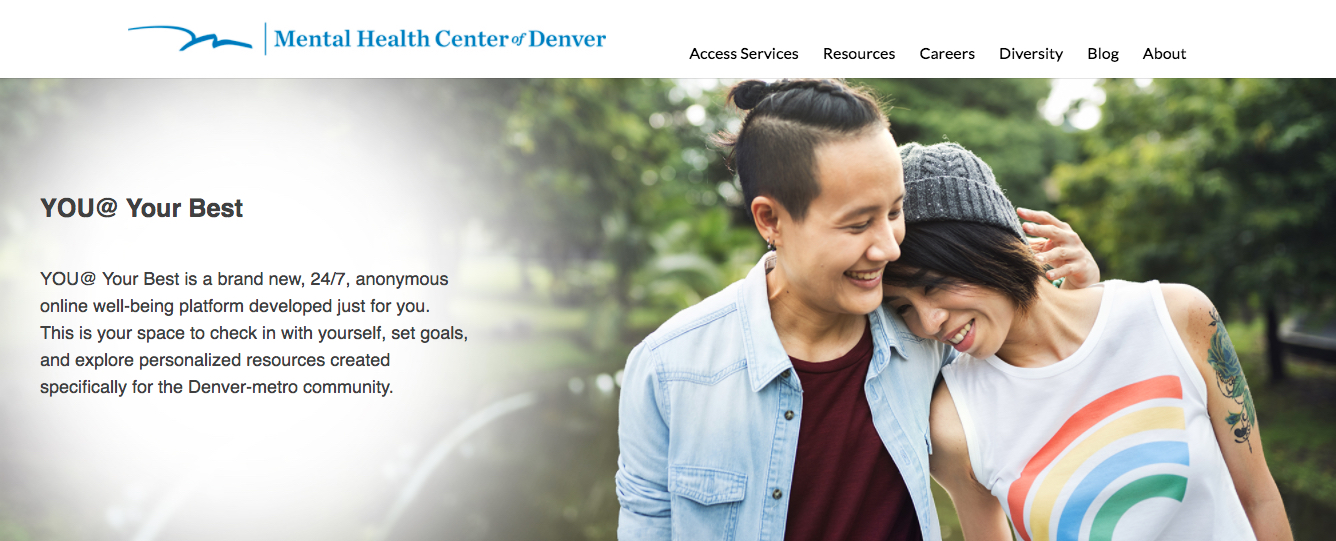
Prior to the pandemic, the Mental Health Center of Denver (MHCD) had a recurring question: How could it best serve people in its community who don’t walk through its physical front doors? MHCD sees a lot of clients, some 20,000 a year. But the staff knows they don’t have the employees or brick-and-mortar capacity to reach everyone who would like assistance.
That reality is unlikely to change any time soon, since Denver has a significant access to care problem when it comes to mental health services. Consider this: There are around 734,000 residents in the Mile High City, some 147,000 of whom are living with a mental health disorder. In 2020, about 59,000 Denverites sought mental health support. The center has long wanted to find ways to support the other tens of thousands — last year around 88,000 people — who don’t receive any help at all. It wanted to find a solution that shifted its one-to-one provider model to a one-to-many provider service.
So even before the pandemic hit, MHCD was leaning towards an online tool. “We were thinking digital in general,” notes Alires Almon, director of innovation for MHCD, who presented a sneak peak of the center’s new web-based platform at a CCI webinar last year. And then the COVID-19 crisis struck. “It became absolutely necessary to have something online that can carry on even beyond [the coronavirus]. We find ourselves in a different world, where digital is primary — and not a ‘nice to have.’ We’re not going back.”

Alires Almon, director of innovation at MHCD
The center decided to pilot a well-being program geared toward young people because they are early adapters — tech savvy and already comfortable navigating online, according to Almon. In preparation, MHCD interviewed 50 individuals ages 16 to 25— some clients, some not (these included client friend referrals)— to understand the needs and desires of young adults in accessing mental health services. The center learned that young adults want no-cost, geolocated, private, personalized, curated, self-managed online resources (the right information for the right person), they want evidence-based, up-to-date information, and they want it on demand — that is, outside of traditional business hours. This included evenings and weekends, when some had the most time or felt their needs were most acute. All duly noted. MHCD also held six staff sessions to gather input from team members who manage access lines for MHCD services.
MHCD, which is part of CCI’s Colorado Health Innovation Community (CHIC), joined forces with a development partner to design a platform responsive to these requests. Grit Digital Health has expertise in user experience, software development, product development, and marketing and creates behavioral health and well-being solutions using design and technology. The Denver-based company had already developed a platform — YOU at College — that felt like it could be easily adapted to reach MHCD users. It proved more work than expected (Surprise! Not.) to adapt for a different audience, says Almon. But more on that later.
“Our challenge became ‘How might we provide well-being and mental health services to those who could benefit from it, when they decided they need it?’” explains Wes Williams, MHCD vice president and chief information officer. “Our solution is about a new way of delivering mental health and well-being to the city of Denver. It allows us to move the starting line forward to provide services to those who need it before they need us.”
YOU @ Your Best
Over the course of six months, MHCD and Grit Digital Health worked closely together to figure out the best technology, content, and user experience solutions to meet MHCD’s mandate and mission: to be inclusive, strength-based, and oriented in well-being, with a focus on resilience and recovery. Another partner, the tech services company Neudesic, helped with the platform’s account creation, profile and logging.
MHCD offers community behavioral health care to individuals and families through multiple community sites, mental health providers in several Denver public schools, collaborations with local partners, and home-based outreach. The large, non-profit safety net clinic provides treatment, prevention, outreach and crisis services to children, families, and adults. The health center, which serves a mostly under-insured and uninsured demographic, offers a wide variety of mental health programs, including residential services, a co-responder program, rehabilitation services, and prevention and community outreach services.
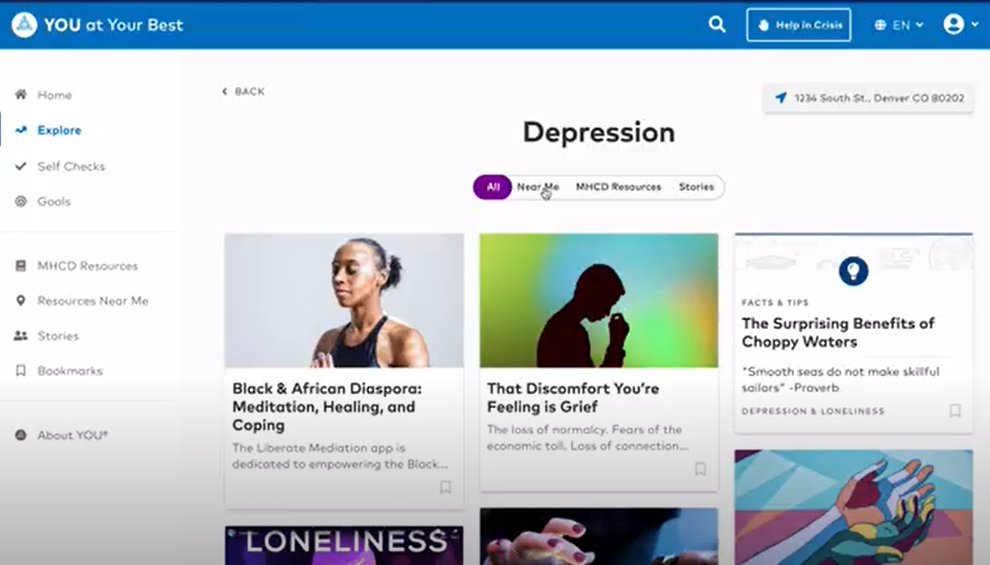
Inside You@YourBest
The MHCD-Grit Digital Health collaboration culminated in the December 28, 2020, launch of the web-based platform You@YourBest. The site is oriented toward young adults, though it is available to anyone in the MHCD community who is interested in improving their well-being. (The program is mobile-friendly but there is no app, in recognition of the fact that not all clients have access to a smart phone.) Users can access free, customized, and vetted information curated by trusted mental health experts at MHCD. The portal covers a wide range of topics, from insomnia and nutrition to depression and anxiety. The goal of the site is to jumpstart an individual’s self-care. “This is a way for people to explore their well-being. We’re still helping people,” says Almon. “This is a way to meet people where they are before they have to come into services.”
To get started, individuals fill out a detailed and confidential questionnaire that helps customize the experience based on their gender identity, sexual orientation, race, age, and other demographic details. The “near me” service tells users, based on their address, what in-person services are available within a 30-mile radius.
Information on the site comes from a wide variety of respected sources, including the Mayo Clinic, American Psychological Association, U.S. Centers for Disease Control and Prevention, and Johns Hopkins University. The platform is designed to be engaging and interactive, and new content is uploaded every four to six weeks to keep things fresh — and to encourage users to return to the site and continue to explore, learn, and set goals. Goals might be custom-made or focus on common pain points such as “Get Organized,” “Break the Procrastination Habit,” or “Find an Exercise Buddy.”
The site is organized around three basic domains: succeed, thrive, and matter. There are more than 400 so-called “resource cards” or articles available on the platform that users can access, and they all live within these three areas. Succeed, for example, focuses on education and career. Teens and young adults can find such stories as “Navigating College When You’re First Gen,” “Tips for Job Hunting With a Criminal Record,” or “Affordable Health Options.” Thrive deals with mental and physical health concerns, with information under headlines such as “Yes, Kids Can Still Thrive After a Divorce” and “Self-Harm: Find Other Ways to Cope.” And Matter is about connections and purpose, with such topics as “Conversations About Racism With Your Latinx Loved Ones,” “The Modern Maze of Cultural Identity,” and “What Does My Head Scarf Mean To You?” The platform also includes a button for individuals in need of immediate crisis care, and there are links to the services offered at MHCD.
Users can also respond to self-checks — short questionnaires where an individual scores on a scale of one to four — on a host of wellness measures. The self-check is designed as an engaging exercise to help give users a quick sense of where they stand on a range of subjects, including relationships, diversity, identity, and faith and spirituality. The platform offers relevant resources based on a user’s answers.

Berit Rabinovitz, MHCD’s associate director of quality
“What I really like about the You@ YourBest platform is that it offers users a chance to take assessment quizzes and then create their own goals — not just around mental health, but all aspects of well-being,” says Berit Rabinovitz, associate director of quality at MHCD. “I also like that using the search feature I can find very specific information: It has topics from tips on finances and meditation to stress management and healthy relationships.”
MHCD also learned through the process the importance of testimonials. Site visitors want to relate to everyday people going through what they’re going through. So the site offers personal videos to do just that. The bottom line: The hope is that by offering these kinds of resources during a time of well-being, a potential client will feel comfortable accessing services if and when they might need them and trust MHCD as a place to get such help.
Two Teams Working Together To Create One Site
While the concept for You@Your Best might sound simple, don’t be fooled by the site’s streamlined appearance and user-friendly application, cautions Almon. A tremendous amount of time, effort, brain power, back-end techno wizardry, careful content creation, and expert translation went into developing the site. There were many tedious tasks, unexpected challenges, and tricky hurdles to tackle before launch date, she recalls.
For instance, it wasn’t a question of simply importing quality content from Grit Digital Health, which had a similar resource designed for mostly college-aged white youth. While the material was educational and well written, it did not speak to the MHCD community, says Almon. The health center found it needed to rewrite content so that it would resonate with its own target audience of diverse young adults who may not be in school, who may or may not have found a job, and who may not have health insurance.
“We underestimated the level of effort required to transition partner content to meet our needs,” Almon explains. “For example, our vendor had 400 existing well-being-oriented cards in their database for use in our platform. We anticipated that a simple review would be all that was needed since the vendor had done a lot of research to create the library of resources. What we discovered is that the resources, while good, were written toward a very targeted audience, meaning that we had to review and rewrite a vast majority of the cards for a more universal focus that was in line with our culturally responsive, strengths-based values.”
The center also has a significant Spanish-speaking client base, and it was important to MHCD to launch this platform simultaneously in both English and Spanish. (Their existing website already offers a translation option for 18 different languages, including Arabic, Filipino, and Portuguese.)
But the team quickly learned that there is a difference between Spanish translation and a Spanish experience. Although their development partner suggested MHCD use artificial intelligence to quickly translate the service, the health center team soon discovered that while AI is fast at translating words, it is not designed to translate for context.
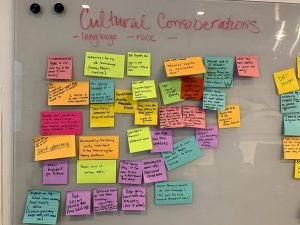
Refining community interviews
For instance, an AI translation for the word “disabled,” appeared as “disengaged.” Although technically correct for something mechanical like a car or computer being “disengaged,” it’s obviously not the desired word when talking about an individual who is disabled.
Translation proved an enormous task. Some 16,000 words in English amounted to around 20,000 words in Spanish, so that is a big increase in word volume right there, explains Almon. A team of six translators worked non-stop to ensure the material was ready on time for Spanish speakers. Translation also impacts the digital framework and layout, including where page breaks appear and results in the need for reformatting. It took weeks for their team of translators to translate the content — more than 155,000 words — in time for the site launch.
As Almon notes, with both these challenges there wasn’t a “plug and play solution,” so in this case so-called old school approaches — such as human translation — proved more efficient than a technological one.

Wes Williams, PhD, MHCD’s vice-president and chief information officer, strongly supports the platform.
The mental health organization did a phased rollout, first doing a soft launch in November 2020 to staff and clients already using the organization’s mobile app for scheduling appointments. From that process, they worked out kinks such as account creation issues, platform access anomalies (Chrome versus Safari), and received feedback that the material was still too student focused. After some revisions, the site was made available to clinic “friendlies” — folks who had donated to the center in the past. The health center solicited feedback from these beta testers in the MHCD community, and the site’s content and landing page were tweaked accordingly before its official launch in late December 2020.
Version 1.0 of You@ Your Best has since been updated and edited; a 2.0 version is slated for late summer 2021. In the future, MHCD would like to curate content from Spanish-speaking developers and offer niche material for different so-called collectives including African Americans, immigrants, and LGBTQ users. The health center plans to partner with the National Mental Health Innovation Center to offer resources designed with a multicultural perspective.
Finding an Audience
As the health center discovered, however, launching a website is just the beginning. It’s all well and good to have a terrific-looking and functioning web platform chock full of useful information. But if nobody knows it’s there or how to find it, then how valuable a resource is it? MHCD is thinking like a publisher now, and the team at Grit Digital Health worked with the health center to answer questions such as: How should we market this? What is the outreach plan? How will users find this resource? “This is a product and we are now product owners, and it requires product marketing. You have to put that mindset on,” explains Almon. “It really is a different shift in how we do things.”
The thinking is to have new content every six to eight weeks to give users a reason to return. Other ways to bring people back to the site include goal setting activities that give users a reason to check in regularly. The MHCD team is also thinking in terms of different customer segmentation. So, for instance, they might have a marketing push aimed at young restaurant workers, or tie outreach to calendar events such as Black History Month, or National Hispanic Heritage Month, or Womens’ History Month.
With that in mind, MHCD is in the middle of signal boosting the site through partnerships and community outreach on social media, in print, and on the web. It has also updated the landing page so it is more interactive.
To date, 670 users have signed up to You@ Your Best. MHCD would like to see more. The initial goal was 500 new users a month, with the hope they’d hit 2,000 sign ups by April 2021. “We had to manage our expectations around user engagement. We do not have the numbers we would like to see,” adds Almon, and you can almost here the unspoken “yet” in her response. “It’s a slower uptick than we thought it would be so we’re also looking at what barriers there are to people signing up. We know mental health is still stigmatized. We’re going back to survey our original users to get more feedback. I’m confident that we’ll get there.”
Lessons Learned
1. Utilize old-school solutions that make sense.
Sometimes they work better and are simpler to implement than new technology innovation. Case in point: AI translation versus human translation services. It’s not just about a cool new tool — digital solutions should make things easier, not overcomplicate matters.
2. Keep in mind the role of laws and regulations when developing digital solutions.
The expense of accommodating compliance issues may have an impact on the company a clinic selects and the cost for certain services. For example, MHCD’s development partner had not previously had to consider HIPAA-compliant services for their previous products. Identifying a 4th party storage server to address this matter — in this case via Grit Digital Health — resulted in a higher monthly charge for that capability. That expense impacted the partner’s proposal costs and, subsequently, MHCD’s pilot costs.
3. Implementing your vision will likely take longer than you think.
Plan for that, but regardless of time constraints, stay true to your mission.
4. Adaptation is critical.
The COVID-19 pandemic provided a push — maybe more accurately a shove — toward telehealth adoption. MHCD staff became swift adopters of this new delivery system and discovered that many of the people the clinic serves embrace online support and education. The pandemic ushered in other changes: It increased awareness of the impact of mental health on everyone’s well-being. Digital platforms proved crucial to providing services, and these platforms have been rapidly embraced by users.
Remember that outreach and marketing are a key part of the roadmap when rolling out digital solutions.
‘If you build it, they will come’ doesn’t necessarily apply to websites.
Next Steps
1. Create a data dashboard within the health center to manage metrics tracking.
Currently all data resides with the clinic’s development partner. A “data bridge” would enable access to platform metrics beyond basic web metrics. For instance, MHCD wants to analyze which resource content cards are the most popular, what are the most frequently used search terms, and what are the most accessed goal-setting tools.
2. Build templates for future features.
MHCD wants to create new digital environments dubbed “collectives” for specific communities, including African American, immigrant, and LGBTQ groups.
3. Facilitate new user experience focus groups.
Host new user focus groups to understand the clinic’s impact to newly outreached community.
4. Develop new language translation strategies.
This will require a plan for more than 200,000 words to be translated into a new language, and that base number will grow as the site adds new content each month.
5. Integrate the You@ Your Best platform marketing plan into the MHCD customer relationship management platform.
This practice will enable the center to track its outreach and marketing efforts to add data to its dashboard.
Find this useful or interesting? We’re constantly sharing stuff like this. Sign up to receive our newsletter to stay in the loop.

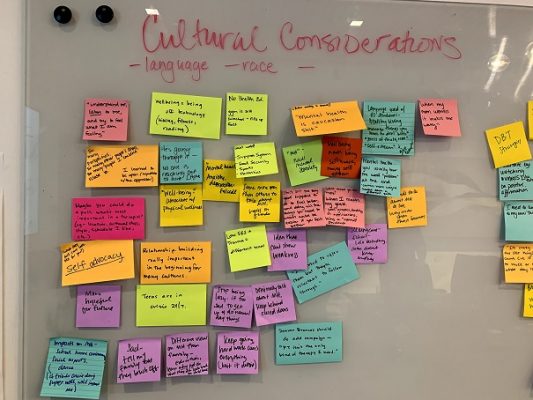
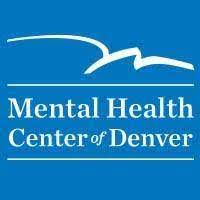 The Mental Health Center of Denver is part of a CCI collaborative designed to support innovation to better address the health of historically underinvested Coloradan communities. The
The Mental Health Center of Denver is part of a CCI collaborative designed to support innovation to better address the health of historically underinvested Coloradan communities. The